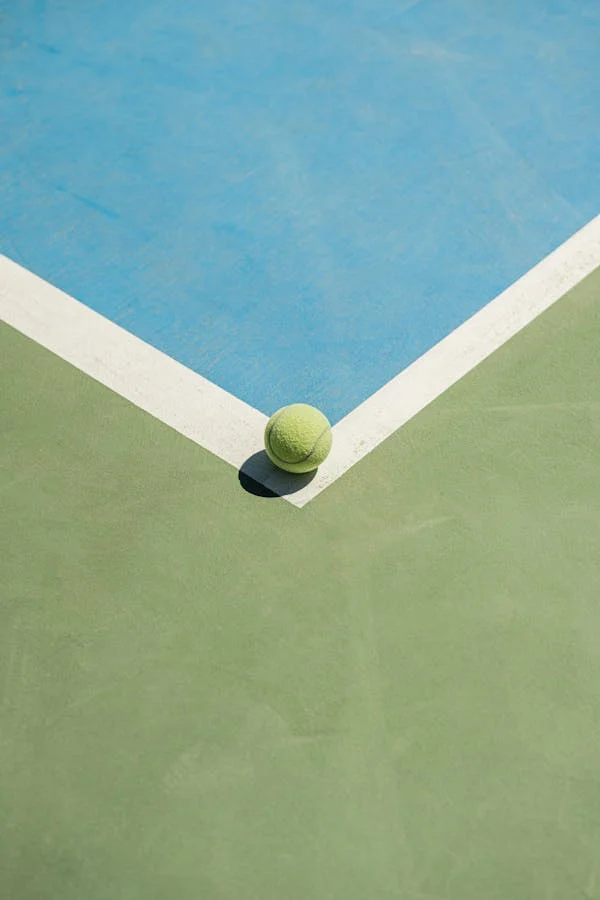Discovering the Essential Differences Between Padel and Tennis
While padel and tennis share certain similarities, such as the use of rackets and yellow balls, in reality, they are two distinct sports. It’s common to hear that if you’ve played tennis before, adapting to padel will be easy. But is this true? And what about the other way around? Join us as we explore the main differences between these two sports, sharing our experience from testing rackets on various padel courts in Valencia.
The Court: Surfaces and Sizes That Make a Difference
One of the most notable differences between padel and tennis is the playing court. A tennis court is significantly larger and lacks walls, whereas a padel court is more compact and enclosed by glass walls.
Dimensions of a Tennis Court
- Length: 23.76 meters
- Width: 8.23 meters
- Net Height: 0.914 meters at the center and 1.07 meters at the sides
- Backspace: Minimum 6.40 meters
- Side space: Minimum 3.65 meters
Dimensions of a Padel Court
- Size: 10 meters wide by 20 meters long
- Court Halves: Two perfect squares of 10×10 meters
- Distance between wall and service line: 3 meters
- Walls: Minimum height of 3 meters; can be made of glass or synthetic materials
- Surface: Artificial grass, the most common
The walls play a fundamental role in padel; mastering the rebounds and effects they create is crucial. In contrast, tennis offers a variety of surfaces (clay, grass, cement) that greatly influence the style of play.
The Balls: Similar, But Not the Same
Although at first glance, padel and tennis balls may look identical, there is one key difference: pressure. Padel balls have less pressure than tennis balls, allowing for better control of rebounds off the walls. While this difference may not be very noticeable for amateur players, professional players definitely feel it. Our advice: use the right balls for each sport; your game will thank you for it.
Technique and Style of Play: Between Power and Strategy
It’s often said that padel requires less technique than tennis, especially if viewed from an amateur perspective. The reason is simple: padel is more forgiving of less precise shots. On the other hand, tennis demands hours of practice to perfect strokes and achieve the necessary precision.
Padel is a more “social” game, as it’s mainly played in doubles, allowing for greater interaction on the court. Additionally, strategy and control of softer, well-placed shots are more important than raw power.
Tennis, on the other hand, is a sport that demands more physical endurance, and players must develop great stamina and coordination to maintain a high level of play during longer, more intense matches.
Rackets and Paddles: Unique Equipment
Another clear difference lies in the equipment: padel is played with “paddles” while tennis uses rackets. Padel paddles are smaller and thicker, while tennis rackets are larger and have a bigger impact surface.
Each player must find the model that best suits their playing style, whether in padel or tennis. From our experience, having tested many paddles, we know that finding the right one can make all the difference in your performance on the court.
Brands of Rackets and Paddles: The Influence of Major Brands
When it comes to brands, many traditional tennis racket manufacturers, such as Wilson or Head, have also launched padel product lines. This expansion benefits players, who now have a wide variety of options and technologies applied to their rackets and paddles.
So, Which Sport Do You Prefer?
Now that you know the main differences between padel and tennis, it’s your turn to tell us: which sport do you prefer? What made you choose one over the other? Share your opinion in the comments!
And if you found this article interesting, don’t hesitate to share it with your friends and family on social media. At Padeltie, we’ll be thrilled to reach more racket sports enthusiasts!

